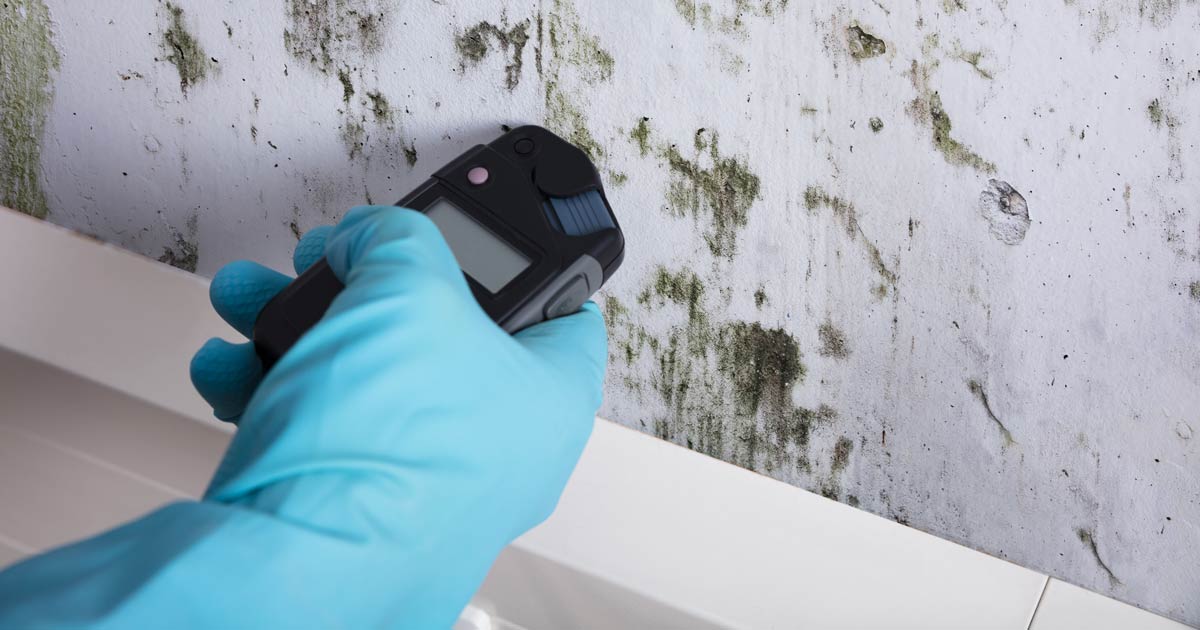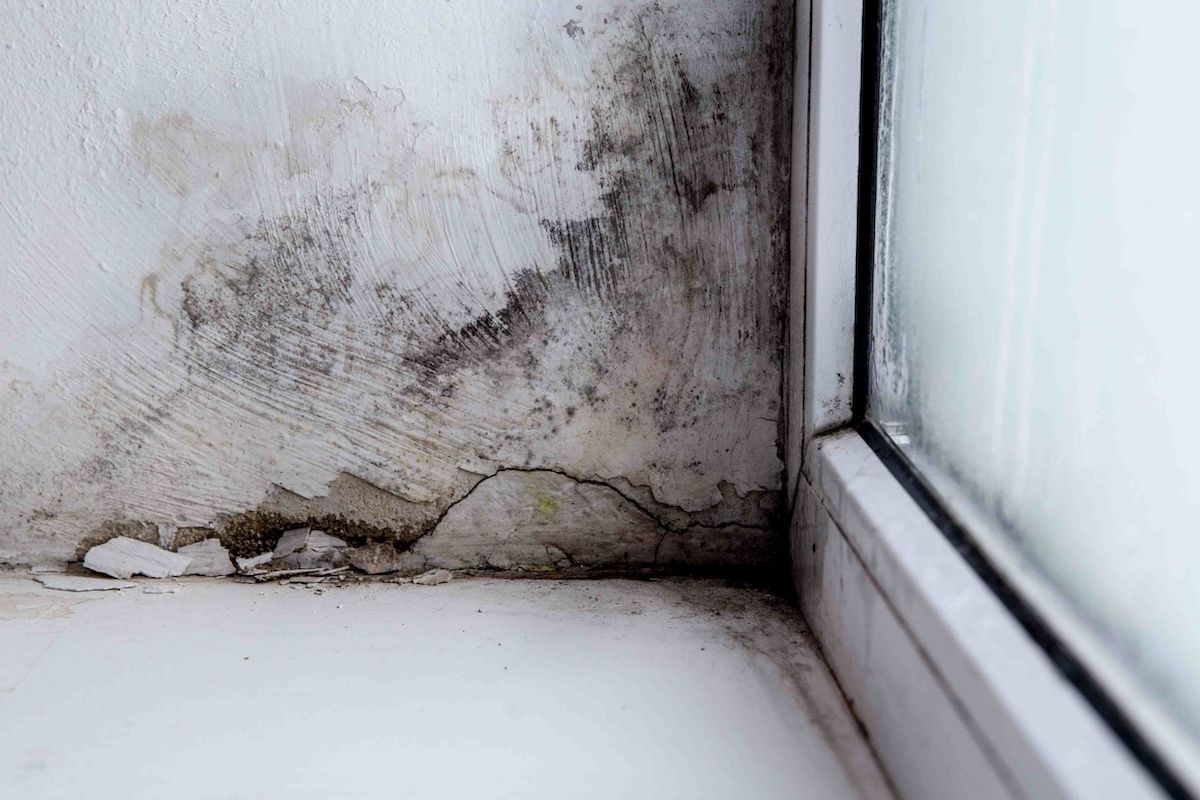After Mold Remediation Strategies for Tidy Rooms
After Mold Remediation Strategies for Tidy Rooms
Blog Article
Your Ultimate Overview to Message Mold Remediation Strategies
Browsing the world of post-mold remediation strategies is a thorough procedure that demands interest to detail and an extensive understanding of the complexities involved. In the aftermath of mold and mildew invasion, knowing how to properly remove the mold and prevent its reoccurrence is extremely important for preserving a healthy interior atmosphere. From selecting the appropriate cleansing and sanitizing methods to applying methods for long-lasting mold avoidance, each action in the remediation journey plays an important function in guaranteeing a successful result. As we embark on this expedition of post-mold removal techniques, we will certainly uncover the vital methods and best techniques that can assist you recover your space to its pre-mold problem and safeguard it against future mold and mildew risks.
Recognizing Post-Mold Removal Process
After finishing the mold and mildew removal procedure, it is crucial to understand the post-mold remediation techniques that are necessary to ensure a comprehensive and effective cleanup. Once the mold and mildew has actually been eliminated, the next step involves cleansing and decontaminating the influenced locations to avoid any regrowth of mold. This consists of utilizing specialized cleaning up agents to clean down surface areas and kill any kind of staying mold and mildew spores. It is important to dry out the area completely to inhibit the development of mold in the future (Post remediation mold testing near me). Proper air flow and dehumidification can aid in this procedure.
In addition, performing a last evaluation post-remediation is essential to make sure that all mold and mildew has actually been effectively removed. If the assessment discloses any lingering mold and mildew, added removal may be necessary.
Effective Cleansing and Decontaminating Techniques

Protecting Against Future Mold And Mildew Growth

Relevance of Appropriate Ventilation
Correct ventilation plays an important function in preventing dampness accumulation, a key consider mold development within indoor settings. Effective air flow systems assist get rid of excess humidity from the air, reducing the possibilities of mold spores discovering the moisture they need to sprout and spread. Without appropriate ventilation, interior rooms can end up being a breeding place for mold and mildew, resulting in possible health dangers and architectural damage.
By making sure proper air flow, air flow systems can also assist in drying damp areas faster after water damages or flooding cases, even more preventing mold and mildew growth. what to do after mold remediation. Precede like restrooms, attics, basements, and kitchen areas where wetness degrees often tend to be greater, mounting and keeping effective ventilation systems is essential in stopping mold and mildew invasions

Surveillance and Upkeep Tips
Offered the vital role that appropriate air flow plays in stopping mold development, it is imperative to develop efficient monitoring and upkeep suggestions to make certain the continued functionality of air flow systems. Regular examinations of ventilation systems need to be carried out to check for any type of signs of obstructions, leaks, or breakdowns that could hamper proper air flow. Monitoring humidity degrees within the residential property is also vital, as high humidity can add to mold and mildew development. Installing a hygrometer can help track humidity levels and sharp property owners to any kind of spikes that may need attention. Furthermore, making certain that air filters are Read Full Report frequently cleansed remove mold carpet or replaced is necessary for maintaining the effectiveness of the air flow system. Applying a schedule for regular maintenance tasks, such as air duct cleansing and heating and cooling system assessments, can help avoid problems prior to they rise. By staying conscientious and proactive to the condition of ventilation systems, building owners can efficiently alleviate the threat of mold and mildew regrowth and maintain a healthy indoor environment.
Final Thought
Finally, post-mold remediation techniques are essential for making certain a risk-free and tidy atmosphere. Understanding the process, implementing efficient cleaning and decontaminating techniques, avoiding future mold development, maintaining correct air flow, and regular surveillance are all vital steps in the remediation procedure. By following these standards, you can successfully remove mold and prevent its return, advertising a healthy living or functioning area for all occupants.
In the results of mold problem, knowing just how to efficiently get rid of the mold and stop its reoccurrence is critical for keeping a healthy interior environment. When the mold and mildew has actually been removed, the following action includes cleansing and disinfecting the impacted locations to prevent any type of regrowth of mold and mildew - Post Mold Remediation Report. After getting rid of visible mold and mildew development, it is essential to clean up all surface areas in the damaged area to eliminate any type of continuing to be mold and mildew spores. To further improve mold avoidance actions, it is essential to deal with underlying problems that at first led to mold and mildew growth.Offered the crucial function that appropriate air flow plays in stopping mold and mildew development, it is important to establish efficient tracking and maintenance ideas to make sure the ongoing capability of air flow systems
Report this page